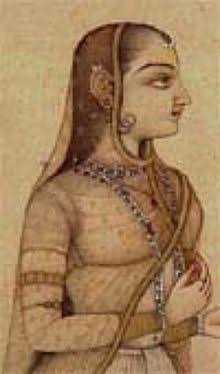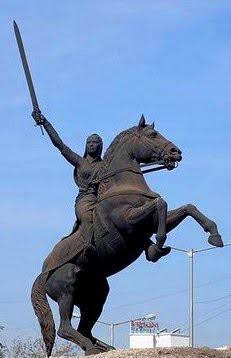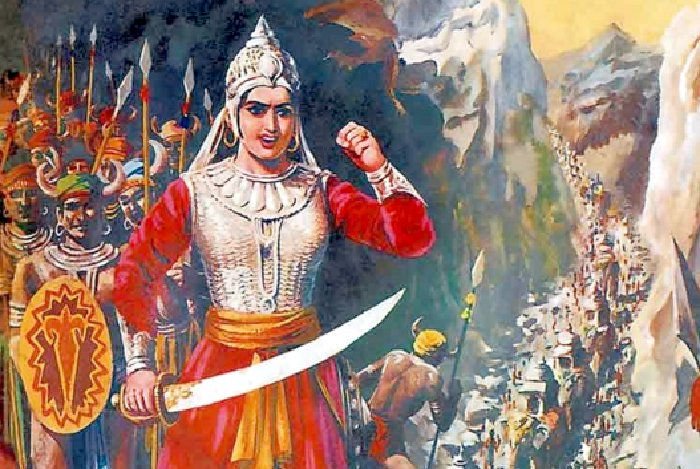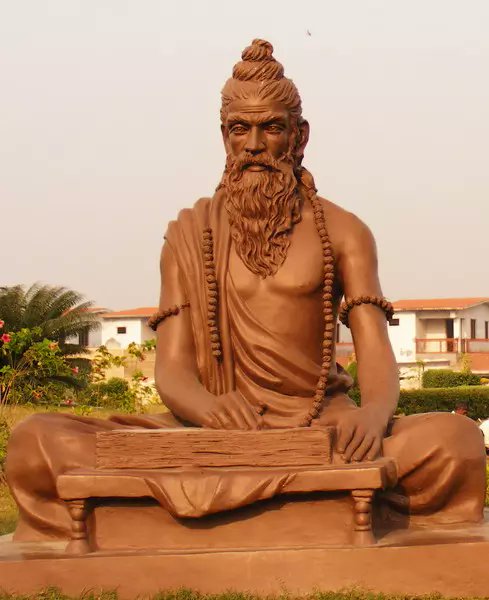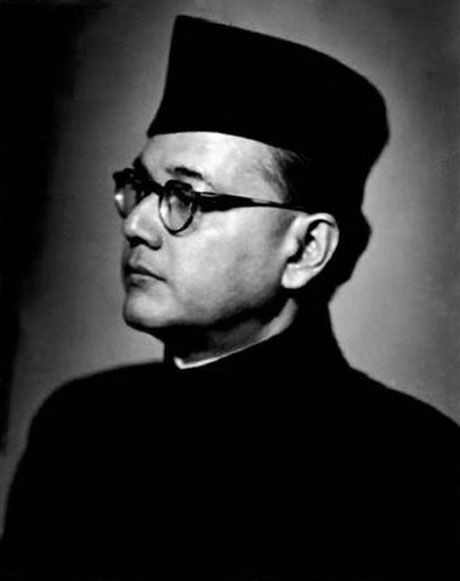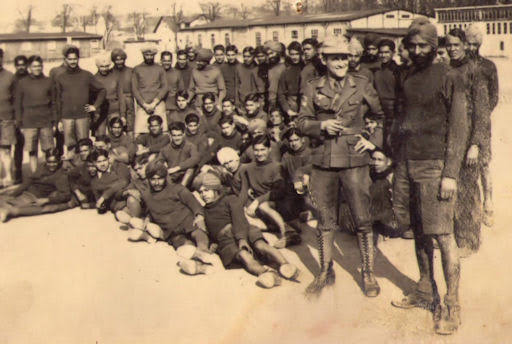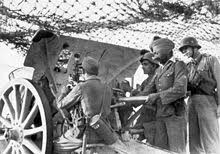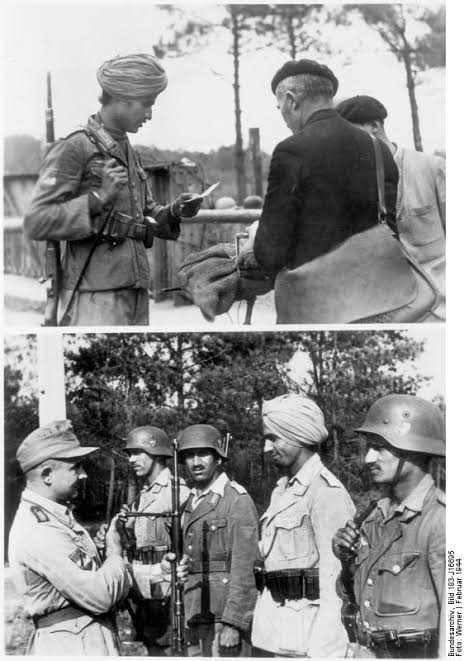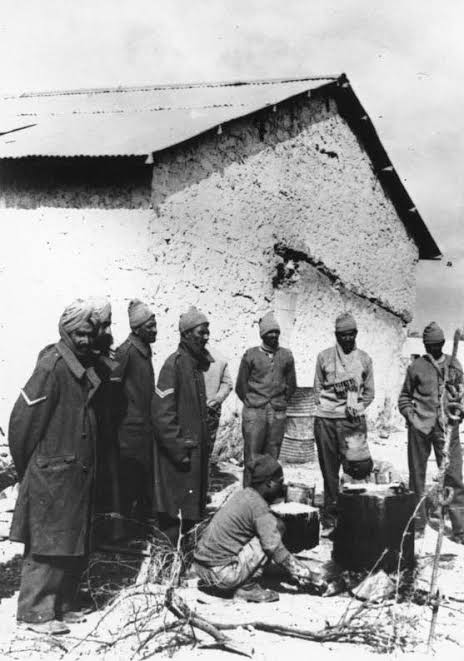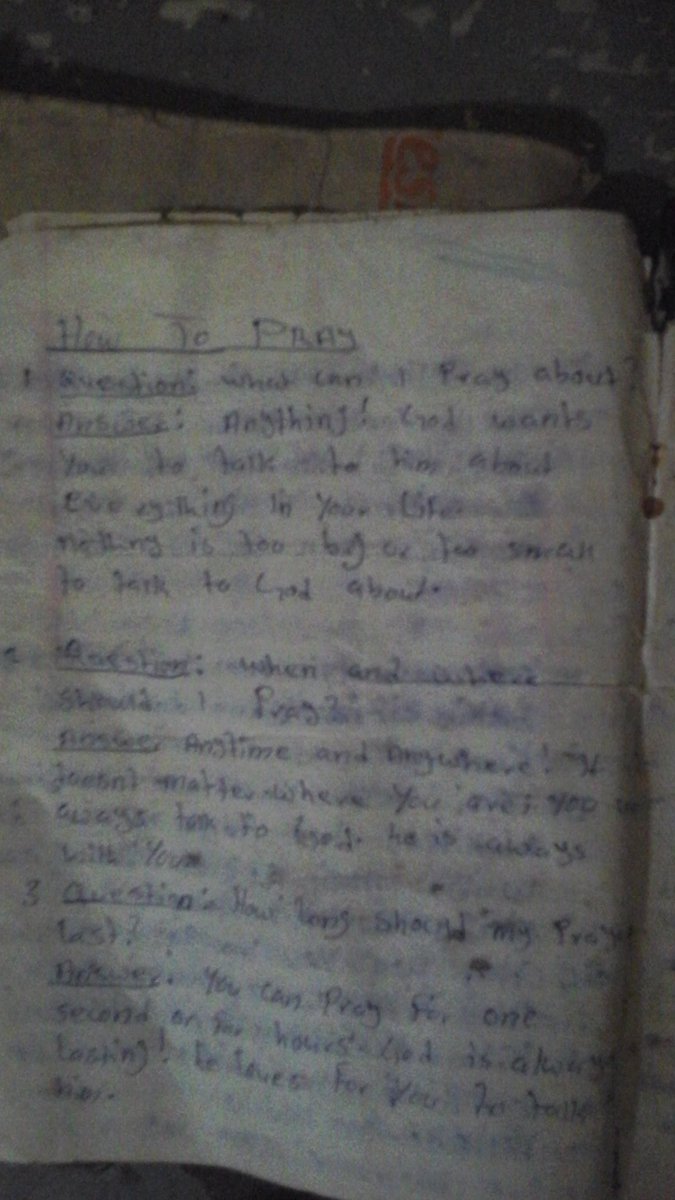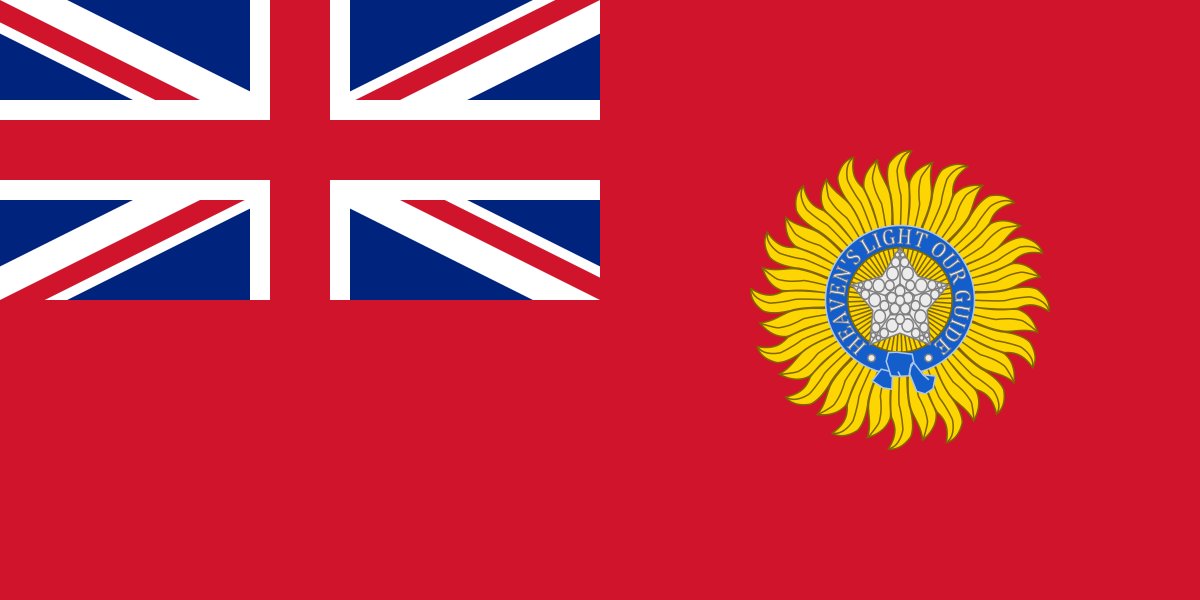
THE EVOLUTION OF OUR NATIONAL FLAG (1857-1947)
The INDIAN NATIONAL FLAG is not just a flag! It's a testimony of patriotism and seamless sacrifice. A symbol representing one of the oldest civilizations on this planet.
Let's hope what happened yesterday never repeats!
(Thread)
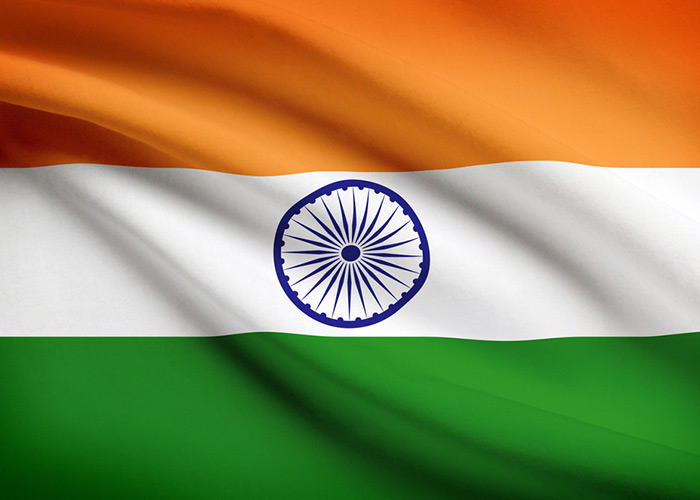

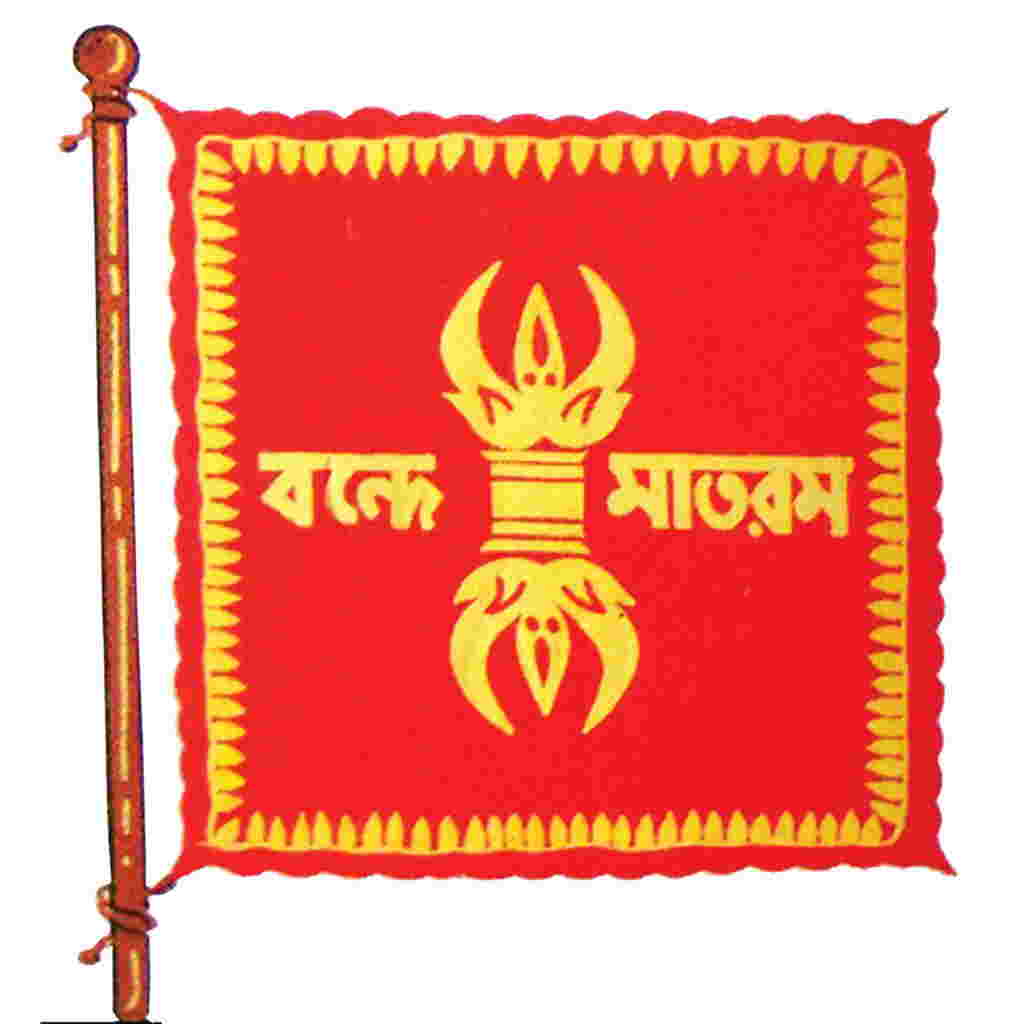
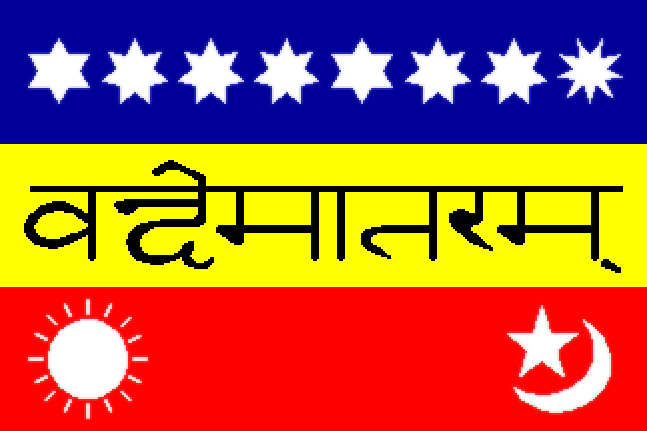
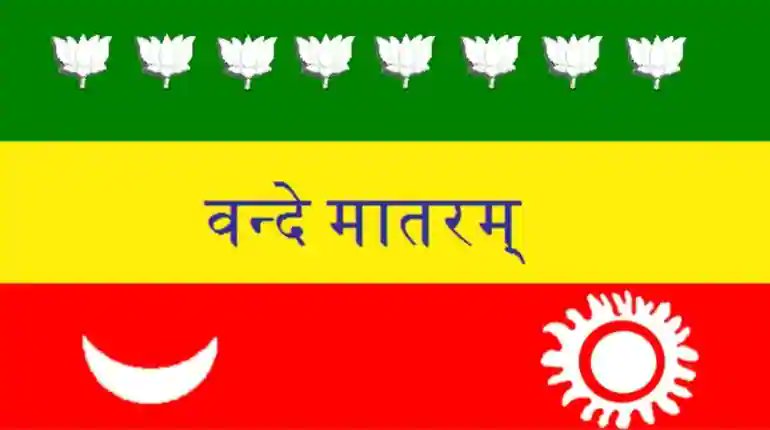
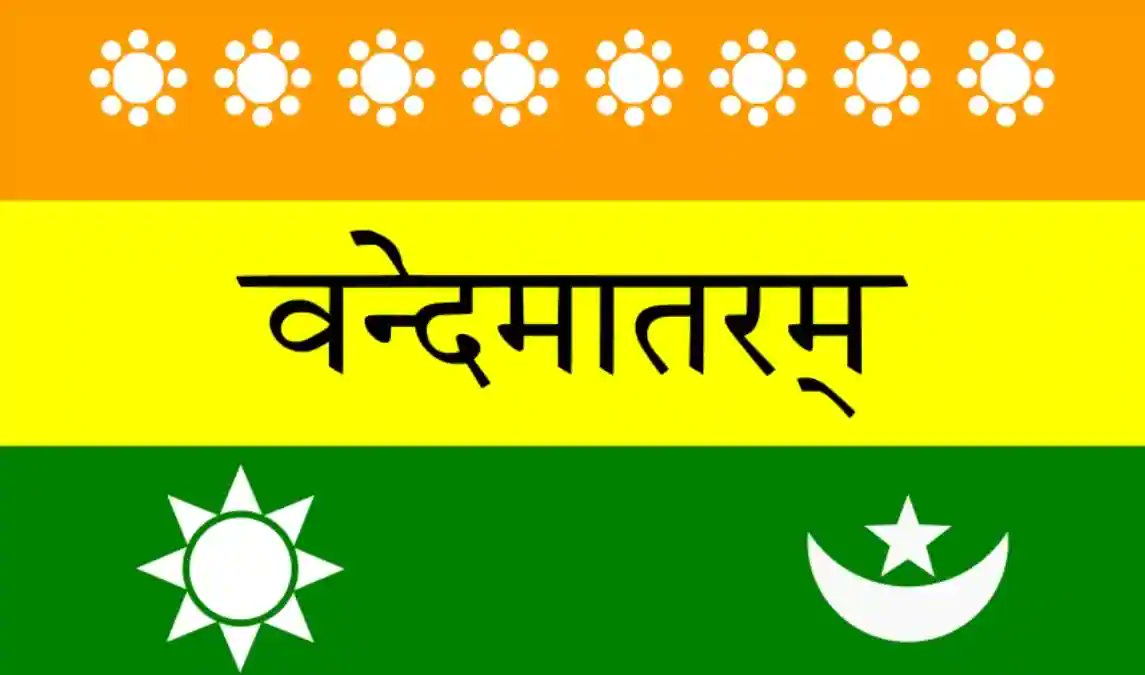

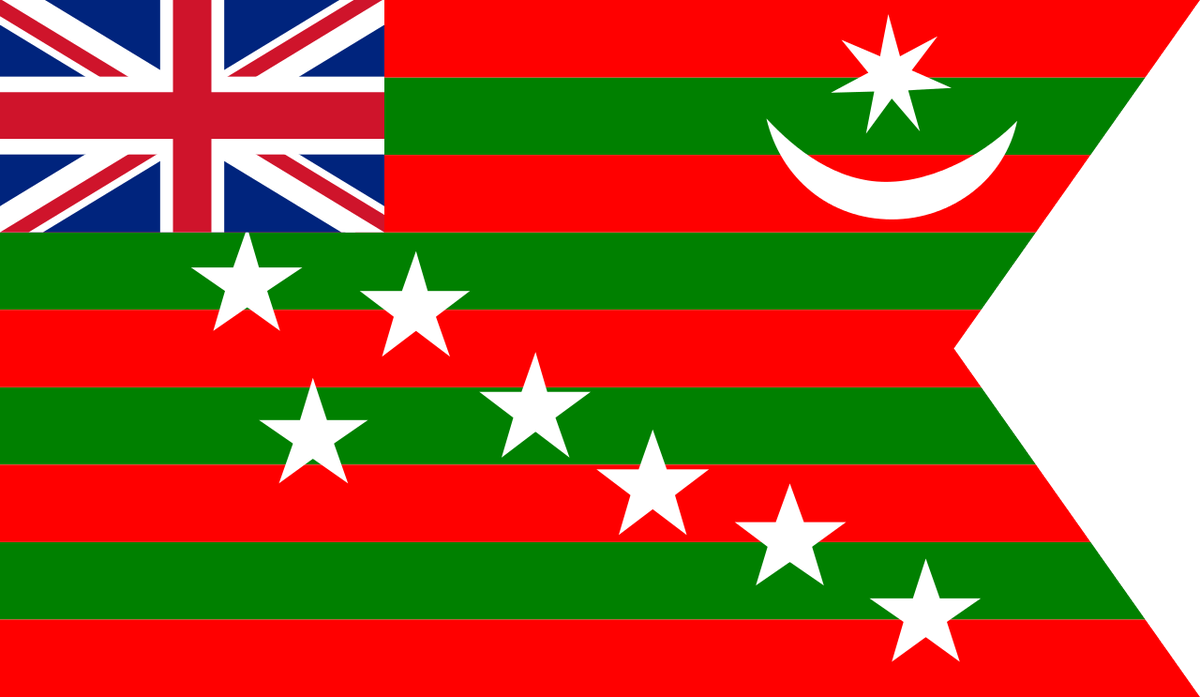
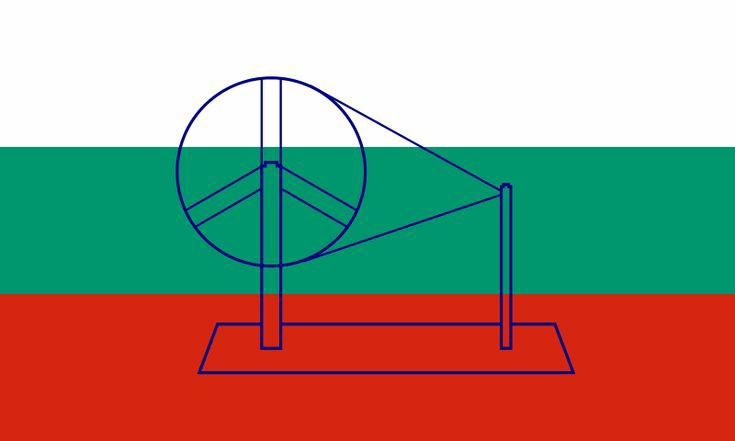
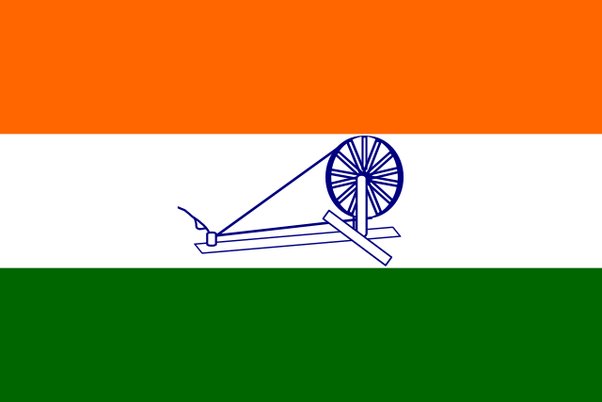
More from Pegasus of Dharma
More from World
The most sophisticated growth team no one talks about: @WishShopping
1. The #1 shopping app in 40+ countries
2. Rumored to often be the #1 spender on FB and Google
3. 2 million items sold daily
I sat down with @cplimon to learn about the notoriously secretive company. Read on 👇
1/ Your brand constraint is Wish's opportunity
Wish's superpower is leaving no room for taste or opinion. It's what happens when a machine builds a company based on data. The founder didn't plan to sell cheap goods to low-socioeconomic customers, but where the data took him.
"Until you work at a place like Wish, you don't know what data-driven is. Everyone else is data-driven when it's convenient, when it agrees with your opinions. Wish is great at ignoring their own emotions. It's data-driven with as much intellectual honesty as possible."
For example
2/ Differentiate by serving the under-served
Most of Wish’s initial sales came from places like Florida, greater LA county, and middle-America. Specifically, zip codes with 95% Spanish speakers. Later, Africa, Latin America and Eastern Europe (avg household income $18,000/year)
1. The #1 shopping app in 40+ countries
2. Rumored to often be the #1 spender on FB and Google
3. 2 million items sold daily
I sat down with @cplimon to learn about the notoriously secretive company. Read on 👇
1/ Your brand constraint is Wish's opportunity
Wish's superpower is leaving no room for taste or opinion. It's what happens when a machine builds a company based on data. The founder didn't plan to sell cheap goods to low-socioeconomic customers, but where the data took him.
"Until you work at a place like Wish, you don't know what data-driven is. Everyone else is data-driven when it's convenient, when it agrees with your opinions. Wish is great at ignoring their own emotions. It's data-driven with as much intellectual honesty as possible."
For example
cursed wish ads pic.twitter.com/eMlx4LqgKA
— big meaty claws (@leisurepIex) June 4, 2019
2/ Differentiate by serving the under-served
Most of Wish’s initial sales came from places like Florida, greater LA county, and middle-America. Specifically, zip codes with 95% Spanish speakers. Later, Africa, Latin America and Eastern Europe (avg household income $18,000/year)
These moρlahs, guided by the bigot Alι Mµsαlιαr did not fight against any oppression, Britishers or landlords. The moρlah rebellion is a vιolent vehιcle of jιhαδ. Its sole purpose: to mαssαcre Hindu-s, convert them to ιslαm and establish M sovereignty.
⋮
Tyrant Tιρµ was largely responsible for the forced conversions in Kerala. He surrounded homes of the H and forced them to convert to ιslαm, consume bεεf and be circµmcised.

Fleeing persecution from the rogue, many H fled to Tiruvanantapuram. There too, common M would now and then be enraged and wage jιhαδ on the helpless Hindu-s. The forcible conversions and desecration of our temples were the norm of the day.
⋮

T L Strange, a special commisioner of the Malabar region was appointed to enquire into the reasons for the outrages. He filed a report "Malabar Manual" in 1852 where he firmly says that the reason for the 'uprising' was M rεligιous fαnatιcism —
⋮

Moplah outrages on H was a regular occurrence in Kerala as we will show below. The most gruesome one in 1921 is what is famously referred to as such nowadays. In the aftermath of 1921, a special tribunal of 3 judges convened in Calicut.
⋮
⋮
Popular front day Rally in Chelari town mallappuram dist Kerala. \U0001f633 pic.twitter.com/VLrhPETzWO
— \u092e\u0939\u093e\u0935\u0940\u0930 \u091c\u0948\u0928, \u0cae\u0cb9\u0cbe\u0cb5\u0cc0\u0cb0\u0ccd \u0c9c\u0cc8\u0ca8, Mahaveer Jain (@MahaveerVJ) February 19, 2021
Tyrant Tιρµ was largely responsible for the forced conversions in Kerala. He surrounded homes of the H and forced them to convert to ιslαm, consume bεεf and be circµmcised.

Fleeing persecution from the rogue, many H fled to Tiruvanantapuram. There too, common M would now and then be enraged and wage jιhαδ on the helpless Hindu-s. The forcible conversions and desecration of our temples were the norm of the day.
⋮

T L Strange, a special commisioner of the Malabar region was appointed to enquire into the reasons for the outrages. He filed a report "Malabar Manual" in 1852 where he firmly says that the reason for the 'uprising' was M rεligιous fαnatιcism —
⋮

Moplah outrages on H was a regular occurrence in Kerala as we will show below. The most gruesome one in 1921 is what is famously referred to as such nowadays. In the aftermath of 1921, a special tribunal of 3 judges convened in Calicut.
⋮
You May Also Like
👨💻 Last resume I sent to a startup one year ago, sharing with you to get ideas:
- Forget what you don't have, make your strength bold
- Pick one work experience and explain what you did in detail w/ bullet points
- Write it towards the role you apply
- Give social proof
/thread
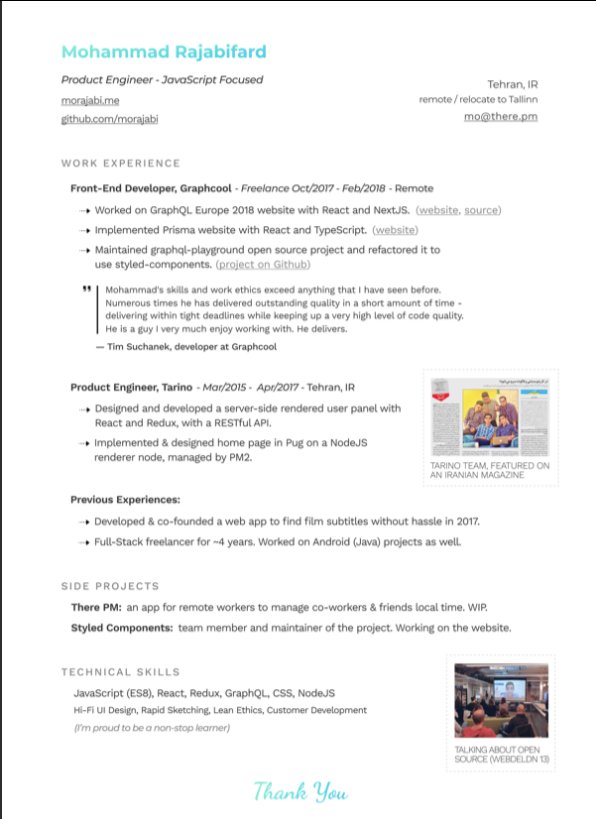
"But I got no work experience..."
Make a open source lib, make a small side project for yourself, do freelance work, ask friends to work with them, no friends? Find friends on Github, and Twitter.
Bonus points:
- Show you care about the company: I used the company's brand font and gradient for in the resume for my name and "Thank You" note.
- Don't list 15 things and libraries you worked with, pick the most related ones to the role you're applying.
-🙅♂️"copy cover letter"
"I got no firends, no work"
One practical way is to reach out to conferences and offer to make their website for free. But make sure to do it good. You'll get:
- a project for portfolio
- new friends
- work experience
- learnt new stuff
- new thing for Twitter bio
If you don't even have the skills yet, why not try your chance for @LambdaSchool? No? @freeCodeCamp. Still not? Pick something from here and learn https://t.co/7NPS1zbLTi
You'll feel very overwhelmed, no escape, just acknowledge it and keep pushing.
- Forget what you don't have, make your strength bold
- Pick one work experience and explain what you did in detail w/ bullet points
- Write it towards the role you apply
- Give social proof
/thread

"But I got no work experience..."
Make a open source lib, make a small side project for yourself, do freelance work, ask friends to work with them, no friends? Find friends on Github, and Twitter.
Bonus points:
- Show you care about the company: I used the company's brand font and gradient for in the resume for my name and "Thank You" note.
- Don't list 15 things and libraries you worked with, pick the most related ones to the role you're applying.
-🙅♂️"copy cover letter"
"I got no firends, no work"
One practical way is to reach out to conferences and offer to make their website for free. But make sure to do it good. You'll get:
- a project for portfolio
- new friends
- work experience
- learnt new stuff
- new thing for Twitter bio
If you don't even have the skills yet, why not try your chance for @LambdaSchool? No? @freeCodeCamp. Still not? Pick something from here and learn https://t.co/7NPS1zbLTi
You'll feel very overwhelmed, no escape, just acknowledge it and keep pushing.
Great article from @AsheSchow. I lived thru the 'Satanic Panic' of the 1980's/early 1990's asking myself "Has eveyrbody lost their GODDAMN MINDS?!"
The 3 big things that made the 1980's/early 1990's surreal for me.
1) Satanic Panic - satanism in the day cares ahhhh!
2) "Repressed memory" syndrome
3) Facilitated Communication [FC]
All 3 led to massive abuse.
"Therapists" -and I use the term to describe these quacks loosely - would hypnotize people & convince they they were 'reliving' past memories of Mom & Dad killing babies in Satanic rituals in the basement while they were growing up.
Other 'therapists' would badger kids until they invented stories about watching alligators eat babies dropped into a lake from a hot air balloon. Kids would deny anything happened for hours until the therapist 'broke through' and 'found' the 'truth'.
FC was a movement that started with the claim severely handicapped individuals were able to 'type' legible sentences & communicate if a 'helper' guided their hands over a keyboard.
For three years I have wanted to write an article on moral panics. I have collected anecdotes and similarities between today\u2019s moral panic and those of the past - particularly the Satanic Panic of the 80s.
— Ashe Schow (@AsheSchow) September 29, 2018
This is my finished product: https://t.co/otcM1uuUDk
The 3 big things that made the 1980's/early 1990's surreal for me.
1) Satanic Panic - satanism in the day cares ahhhh!
2) "Repressed memory" syndrome
3) Facilitated Communication [FC]
All 3 led to massive abuse.
"Therapists" -and I use the term to describe these quacks loosely - would hypnotize people & convince they they were 'reliving' past memories of Mom & Dad killing babies in Satanic rituals in the basement while they were growing up.
Other 'therapists' would badger kids until they invented stories about watching alligators eat babies dropped into a lake from a hot air balloon. Kids would deny anything happened for hours until the therapist 'broke through' and 'found' the 'truth'.
FC was a movement that started with the claim severely handicapped individuals were able to 'type' legible sentences & communicate if a 'helper' guided their hands over a keyboard.


